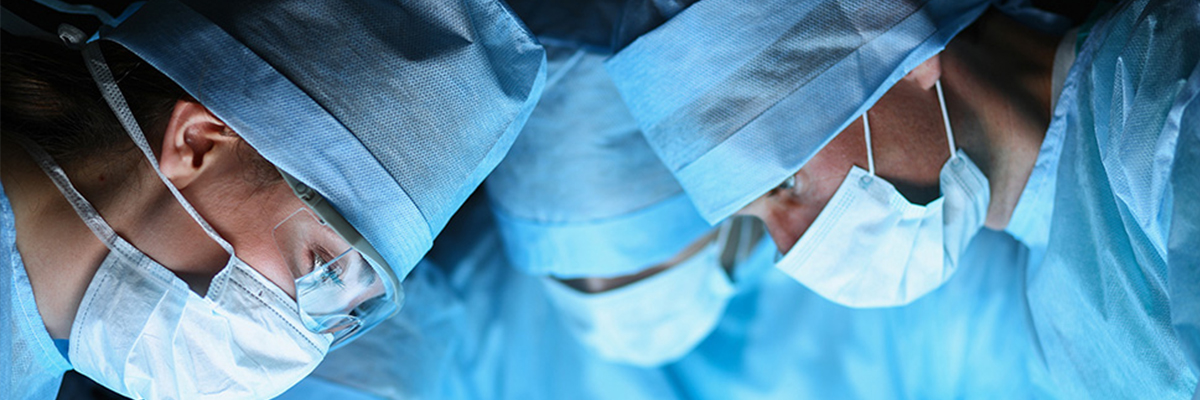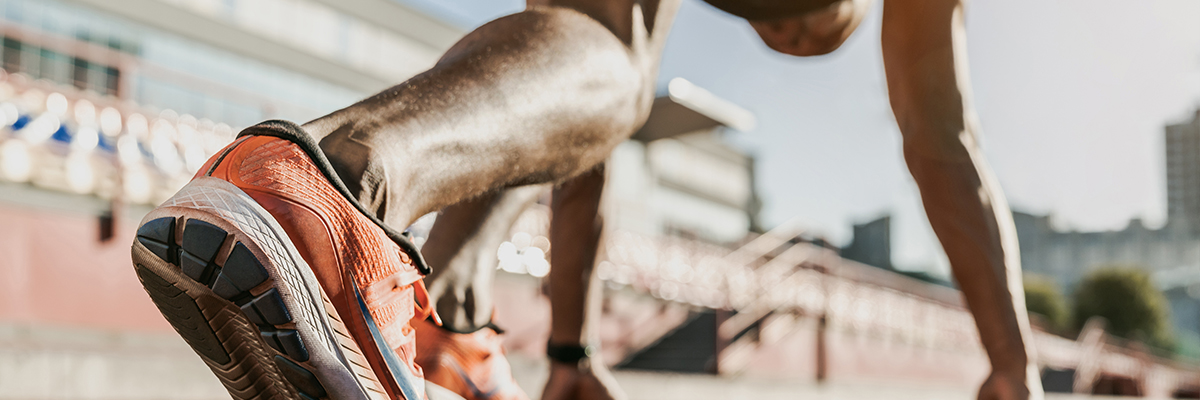Cartilage Surface Treatment: Factors Affecting Success and Failure Mechanisms
The key to success in the long term is admitting and recognizing the failures, identifying the root causes and then modifying revision treatment strategies to optimize outcomes.
Read moreArticular Comorbidities in Revision Cartilage Surgery: Meniscal Allograft Transplantation and Realignment
Substantial evidence suggests that joint biomechanics can be optimized through the judicious use of realignment osteotomy or MAT, and creating an ideal environment is essential for effective and durable cartilage surgery.
Read moreDefining Failure After Cartilage Preservation Surgery: Are We Expecting Too Much
Failure has traditionally been defined in absolute terms but it does not take into account the patients’ expectations nor the fact it can delay arthroscopy.
Read moreReturn to Work Following High Tibial Osteotomy With Concomitant Osteochondral Allograft Transplantation
In patients with focal chondral deficiency and varus deformity, HTO þ OCA provides a high rate of RTW (96.2%) by 3.5 2.9 months postoperatively. However, patients with greater-intensity occupations may take longer to return to work than those with less physically demanding occupations.
Read moreAn Expert Consensus Statement on the Management of Large Chondral and Osteochondral Defects in the Patellofemoral Joint
This study established a strong expert consensus document relating to the functional anatomy, surgical indications, donor graft considerations for osteochondral allografts, surgical technical aspects, and rehabilitation concepts for the management of large chondral and osteochondral defects in the patellofemoral joint.
Read moreOsteochondral Allograft Implantation Using the Smith–Peterson Approach for Chondral Lesions (Femoral Head)
This paper presents a technique using a Smith–Peterson approach and osteochondral implantation of fresh femoral head allograft for surgical treatment of a femoral head chondral lesion.
Read moreOutcomes After Anatomic Lateral Ankle Ligament Reconstruction Using Allograft Tendon for Chronic Ankle Instability
Anatomic lateral ankle ligament reconstruction procedure (using allografts) results in significant improvements in patient function and outcome scores, with low rates of recurrent instability.
Read moreMeniscal Allograft Transplantation: Indications, Techniques, Outcomes
Meniscal allograft transplantation (MAT) has become an acceptable surgical treatment for select symptomatic and relatively young patients with a meniscal deficiency.
Read moreArthroscopic Microfracture for Osteochondral Lesions of the Talus
Second-look arthroscopic results revealed that 36% of lesions were incompletely healed and had inferior quality of repair tissue compared with that of native cartilage at a mean of 3.6 years, although arthroscopic microfracture provided functional improvements.
Read moreContralateral Lateral Femoral Condyle Allografts Provide an Acceptable Surface Match for OCD Lesions
To determine if contralateral grafts could be used for OCD lesions up to 20mm. This research contributes to the growing body of knowledge that using a lateral femoral condyle is an acceptable option.
Read more Download PDFUse of Allografts in Orthopaedic Surgery: Safety, Procurement, Storage, and Outcomes
The purpose of this review was to equip orthopaedic surgeons with the know-how required to treat their patients with these allografts.
Read moreExtensive Recontouring of the Femoral Head with Osteochondral Allografting
This case reports an attempt to salvage the hip joint of a young patient with a posttraumatic growth disturbance of the femoral head using a fresh osteochondral allograft.
Read morePatellar OCA Transplantation Using Femoral Hemicondyle Allografts: MRI & Clinical Outcomes
Patellar OCA using femoral head allograft led to significant improvement in pain and patient-reported knee outcome scores.
Read morePredictors of Return to Athletic Activity Following Osteochondral Allograft Transplantation of the Knee
OCA Transplantation is a reliable procedure with high rates of return to athletic activity at 88%.
Read moreLong-term Results of Treating Large Posttraumatic Tibial Plateau Lesions with Fresh Osteochondral Allograft Transplantation
This paper discusses fresh osteochondral allograft transplantation as a viable option for posttraumatic tibial osteochondral defects determining that it is an excellent option that delayed the need for arthroplasty.
Read morePatellar Fresh Osteochondral Allograft Transplantation
This article focuses on the use of a single OCA plug to treat a focal unipolar defect of the patella.
Read moreGetting the Graft Thickness Right is Crucial for the Long-Term Success of an OCA
Graft integration is crucial for the long-term success of an OCA. This is one of several upcoming studies that seeks to determine how grafts can better incorporate into the patient’s bone.
Read moreOsteochondral Allograft Transplantation Surgery for Osteochondral Lesions of the Talus in Athletes
This paper discusses osteochondral allograft transplantation as an option for the treatment of selected athletes with large osteochondral lesions of the talus. The results of this study may help active young patients and their surgeons to better understand outcomes and options in their shared decision-making process.
Read moreTibial Plateau Cartilage Lesions: A Systematic Review of Techniques, Outcomes, and Complications
This paper seeks to determine current reported treatment options for isolated tibial plateau cartilage lesions.
Read moreOpen Meniscal Allograft Transplantation w/Transosseous Suture Fixation of Meniscal Body Decreases Meniscal Extrusion Rate
This study identified similar absolute extrusion and significantly lower postoperative lateral meniscal extrusion rates after open MAT compared with arthroscopic MAT.
Read more




